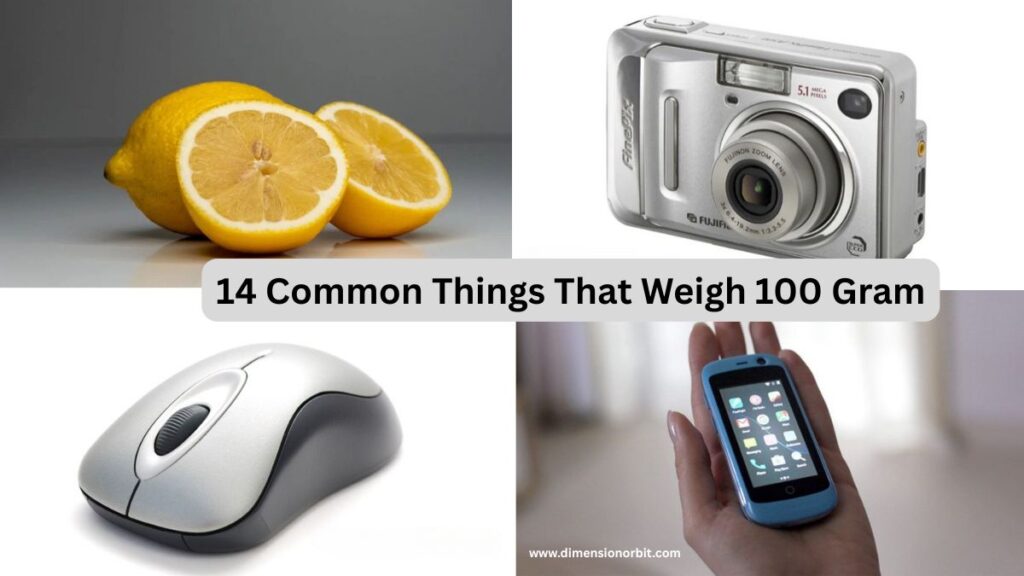Ever wondered what weighs 100 gram? It’s one of those oddly specific questions that sneak into your brain at 2 a.m. right after “Do fish sleep?” and “Why is my phone heavier with the case on?” Believe it or not, knowing what 100 grams feels like actually comes in handy more often than you’d think. Whether you’re cooking, mailing a package, or just curious, this small but mighty weight shows up everywhere. So, grab your imagination (and maybe a kitchen scale) as we dive into 14 common things that weigh 100 gram with a few laughs along the way.
What 100 Grams Really Means

Before diving into examples, let’s make the measurement relatable. 100 grams equals about 3.5 ounces, or 0.22 pounds. In the metric system, it’s one tenth of a kilogram small enough to fit in your hand but heavy enough to notice. Imagine holding a small smartphone or a large bar of chocolate; that’s roughly how heavy 100 grams feels.
In cooking, you’ll often see this measurement used for ingredients like sugar, flour, or butter. In postal services, 100 grams is a common weight limit for standard letters or small parcels. This small but practical unit bridges the gap between the microscopic and the noticeable it’s just enough to feel substantial without being cumbersome.
How Much Is 10 kg? 14 Everyday Things
Here’s a quick conversion reference to keep in mind:
| Weight Measure | Equivalent of 100 Grams |
|---|---|
| Ounces | 3.527 oz |
| Pounds | 0.220 lbs |
| Kilograms | 0.1 kg |
| Cups (approx. for flour) | 0.8 cups |
A Standard Bar of Chocolate
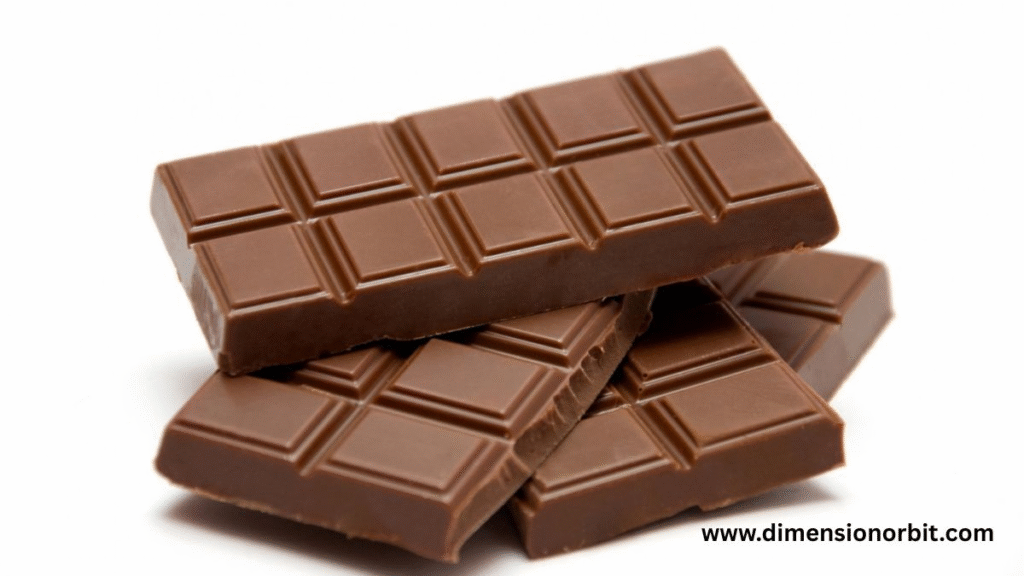
A regular bar of chocolate, like a Hershey’s or Cadbury Dairy Milk, weighs about 100 grams. This example resonates with nearly everyone because it’s something we often hold, share, or eat without realizing its exact mass. The pleasant density of a chocolate bar makes it a perfect reference point. In baking or portion control, this also helps visualize how 100 grams of sugar or butter might feel solid, slightly heavy, and compact in the palm of your hand.
12 Everyday Things That Weigh 10 Grams
A Small Smartphone 100 Gram
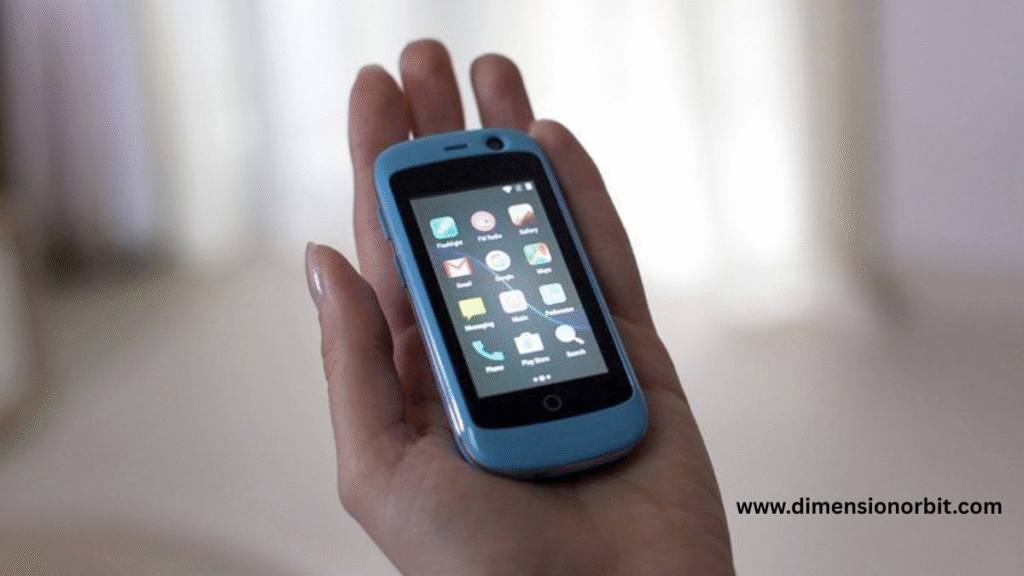
Many lightweight smartphones, such as older iPhones or budget Android devices, weigh close to 100 grams. For example, the Apple iPhone 5 weighed approximately 112 grams, while some minimalist phones today come in just under that mark. Holding one gives you a direct sense of what 100 grams feels like in your hand sleek but noticeable. In the tech world, understanding weight helps designers optimize comfort and portability, and it’s a great real-world way to visualize the precision of metric weight.
A Medium Tomato 100 Gram
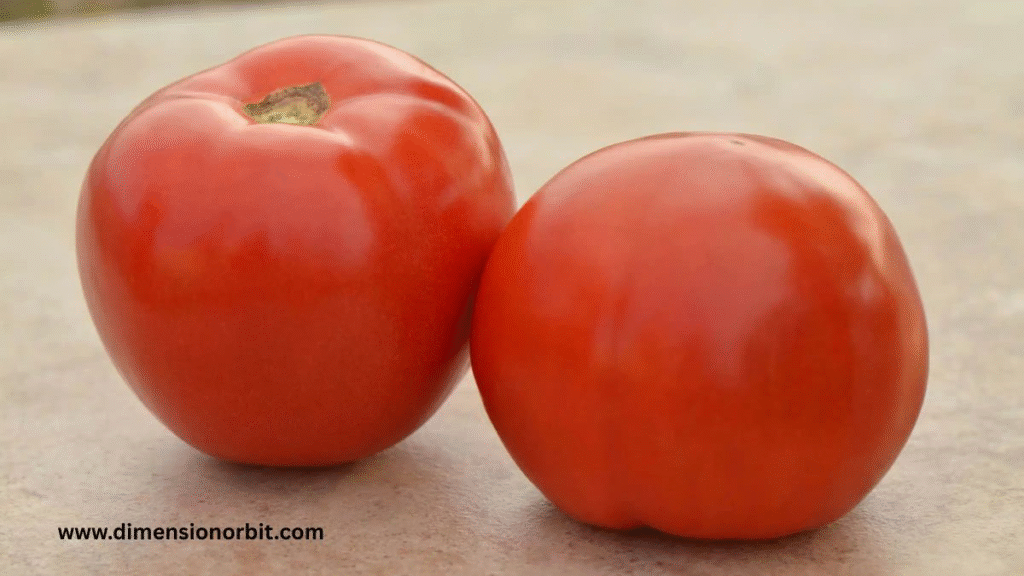
A ripe, medium sized tomato typically weighs about 100 grams, making it a common reference in recipes. When you read a recipe that calls for 100 grams of diced tomatoes, think of one medium fruit. Using fresh produce like this as a weight comparison helps home cooks estimate quantities without needing a scale. This simple visualization ties the metric system to something naturally familiar.
12 Common Things That Are 14 Inches Long
A Deck of Playing Cards
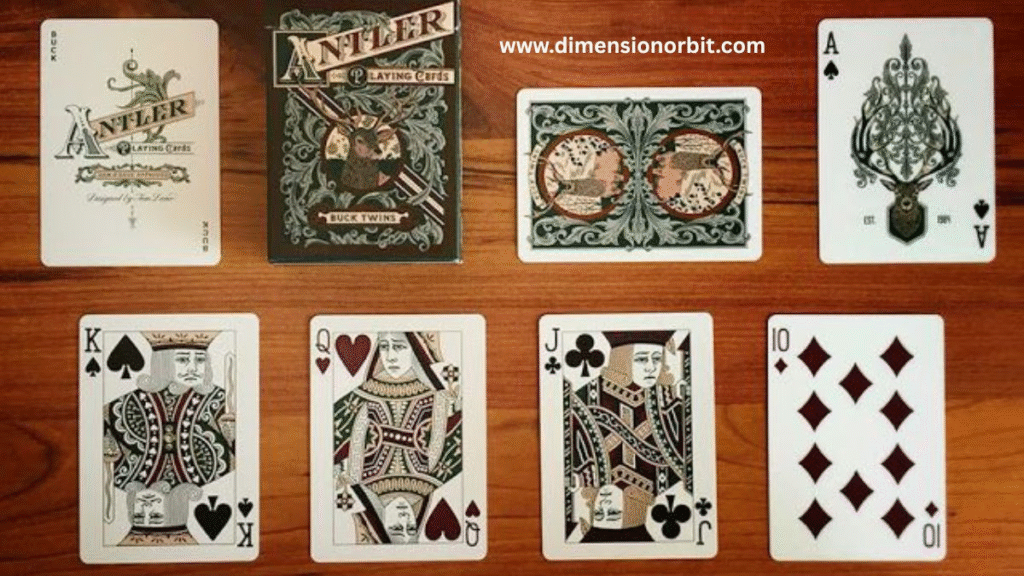
A full deck of 52 playing cards weighs right around 100 grams. That balanced, flexible feel in your hand captures the tactile reality of this weight perfectly. Casino dealers, for instance, rely on that consistent weight to shuffle and deal smoothly. For classroom demonstrations or at-home experiments, a deck of cards makes a simple, accessible way to teach the concept of 100 grams in everyday life.
A Small Apple 100 Gram
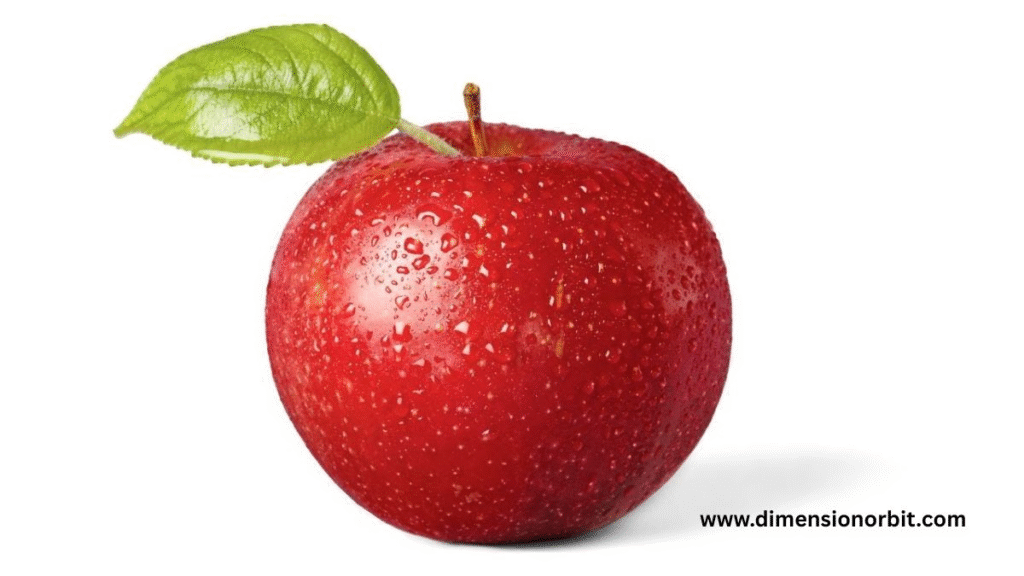
Apples come in all shapes and sizes, but a smaller apple, roughly 2.5 inches in diameter, weighs close to 100 grams. It’s light enough to toss in a lunchbox yet substantial enough to feel satisfying in your hand. When you’re learning how to visualize 100 grams, imagine holding a small apple or cutting one in half half of that fruit gives you approximately 50 grams.
Two Large Eggs
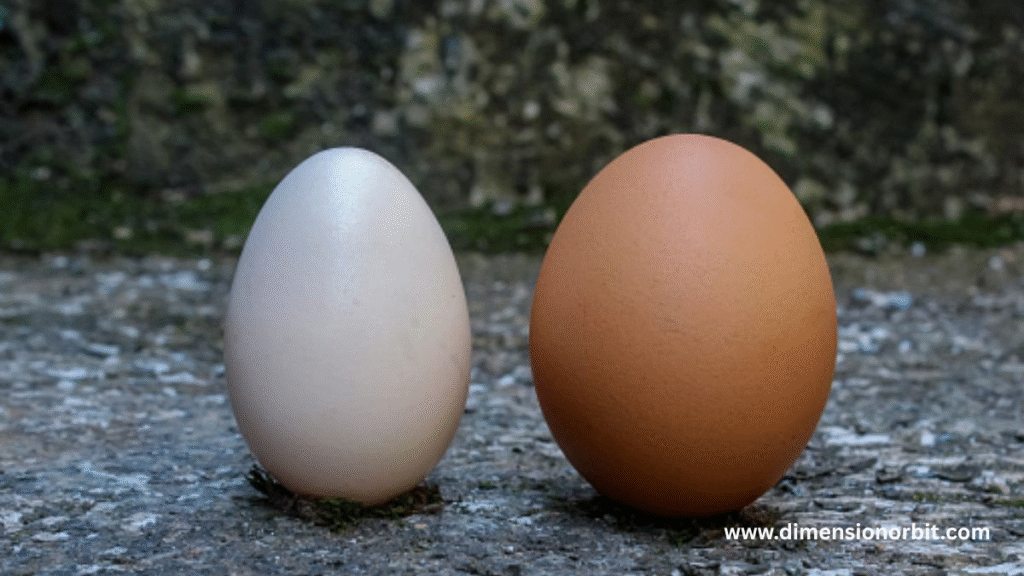
Two average sized chicken eggs together weigh roughly 100 grams, including the shell. Each egg weighs around 50 grams on average, so doubling that gives you a perfect round figure. This is useful knowledge in baking when you want to substitute eggs by weight rather than count, and it helps in understanding portion sizes in nutrition and cooking science.
A Bar of Soap
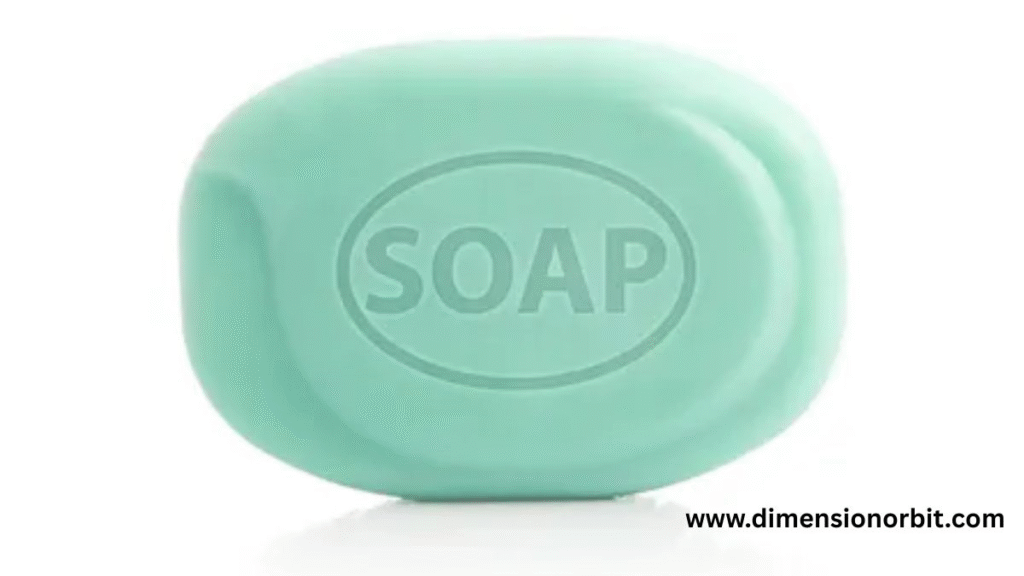
A standard bar of bath soap, the kind you find in most households, typically weighs between 90 and 110 grams. This means when you pick up a fresh bar of soap, you’re essentially holding an object that weighs 100 grams. That solid yet manageable weight demonstrates how household objects weighing 100 grams appear in your daily routines without much notice.
A Standard Battery Pack
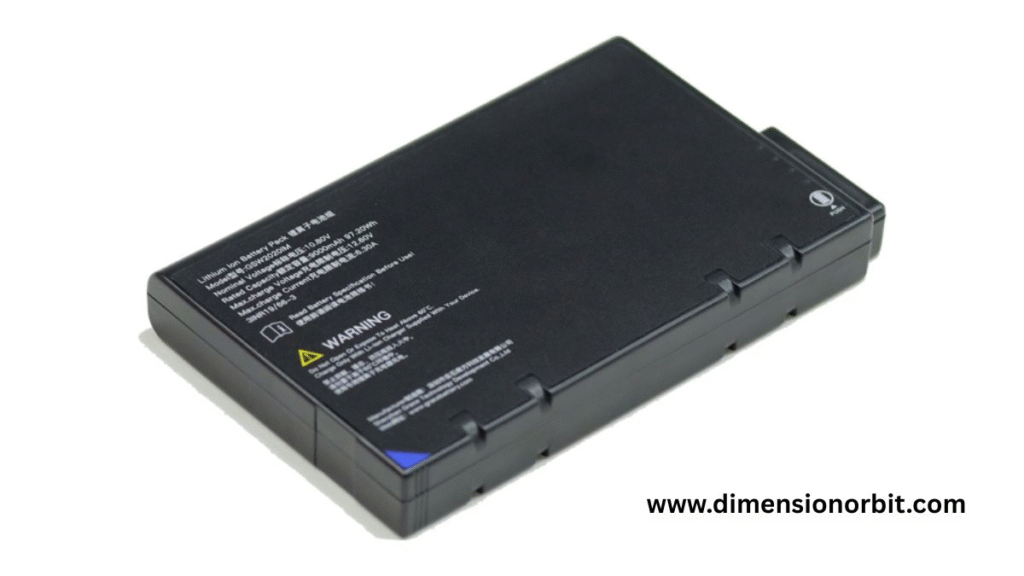
A pack containing four AA batteries weighs almost exactly 100 grams. Each battery averages about 23–25 grams, depending on the brand. Batteries make another relatable point of comparison because they represent compact density a small bundle that feels heavier than it looks. In discussions of small things that weigh 100 grams, battery packs consistently make the list.
A Computer Mouse
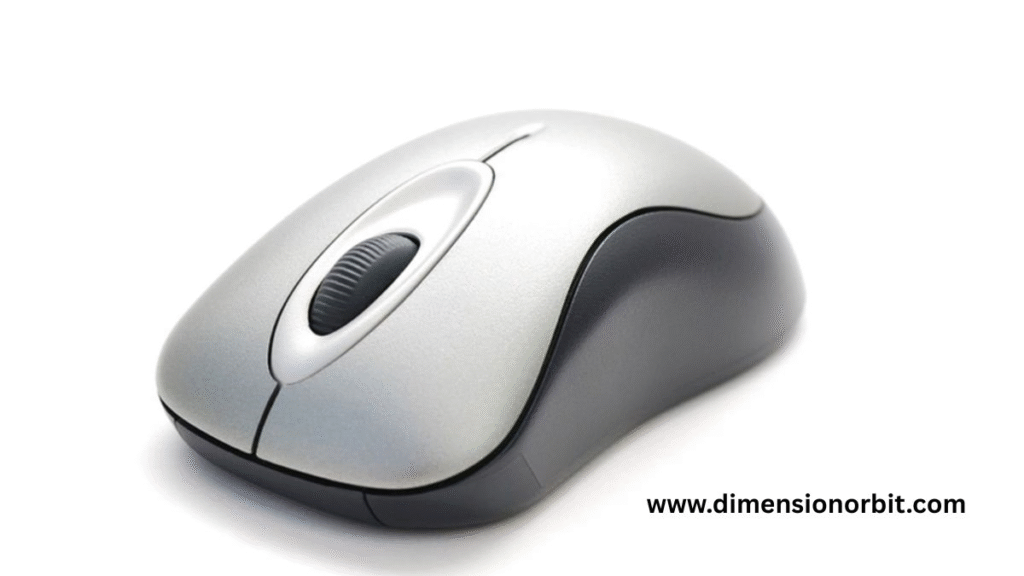
A lightweight wireless computer mouse generally weighs about 100 grams, including batteries. Tech manufacturers often aim for this range to balance comfort, precision, and portability. Gamers and graphic designers even select mice by weight preference, so understanding 100 grams has a practical side in ergonomics and performance optimization.
A Small Bag of Potato Chips

Most individual size snack bags, especially potato chips, contain about 100 grams of product. Reading the label next time you open a bag confirms this it’s the sweet spot between portion control and indulgence. This also connects to food portion sizes and the way 100 grams examples in daily life translate into nutrition information and calorie tracking.
A Compact Digital Camera
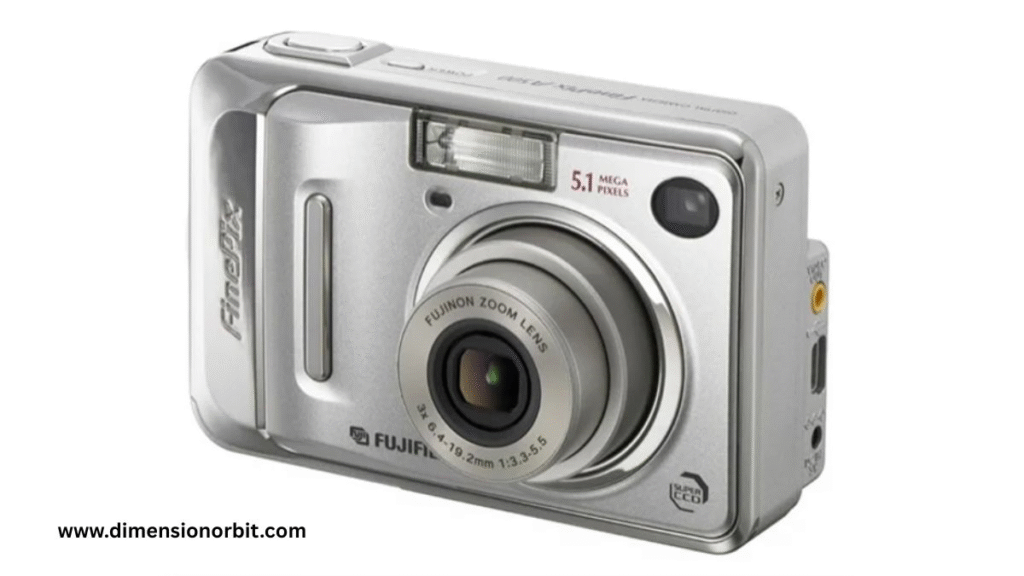
Smaller digital cameras, like pocket-sized Canon IXUS or Sony CyberShot models, often weigh around 100 grams without batteries. This manageable weight makes them easy to carry during travel or hiking. For photographers, that’s a benchmark for lightweight gear just enough heft for stability without causing hand fatigue. It’s a perfect weight comparison when you want to feel what 100 grams represents in technology.
A Tube of Toothpaste

A travel-sized tube of toothpaste, generally 100 milliliters, weighs close to 100 grams. This makes it a handy example for both daily household use and travel packing, as airport liquid restrictions are typically based on similar weight and volume limits. Holding a tube in your hand gives an instant sense of what 100 grams of mass looks and feels like compact, smooth, and easy to grip.
A Pair of Socks 100 Gram
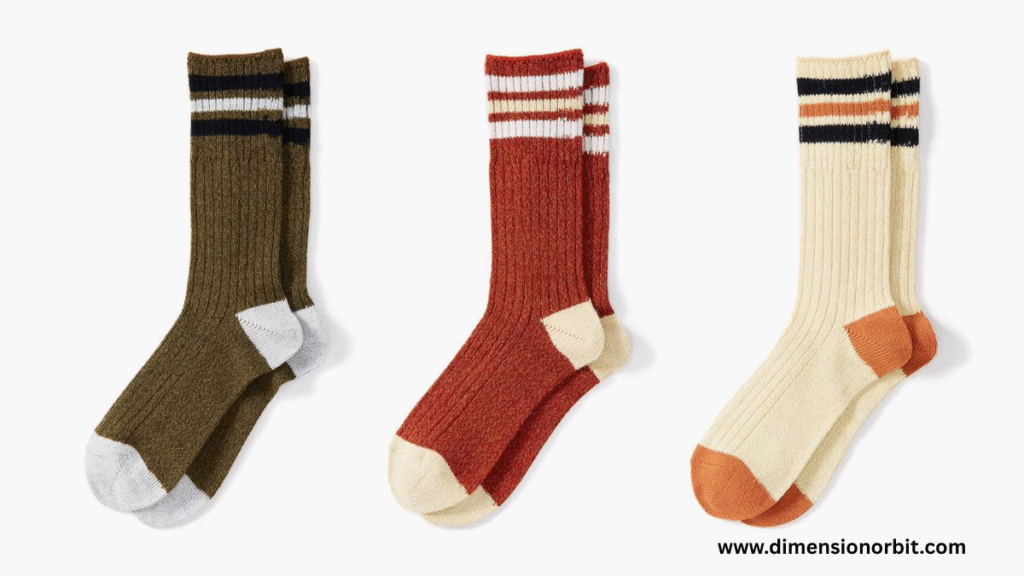
A lightweight cotton pair of socks generally weighs around 100 grams, depending on thickness. This might not seem like much, but it’s another easy item you can find at home to imagine this measurement. When washing or folding laundry, noticing the light weight of socks provides a familiar way to connect metric weights with everyday habits.
A Large Lemon 100 Gram
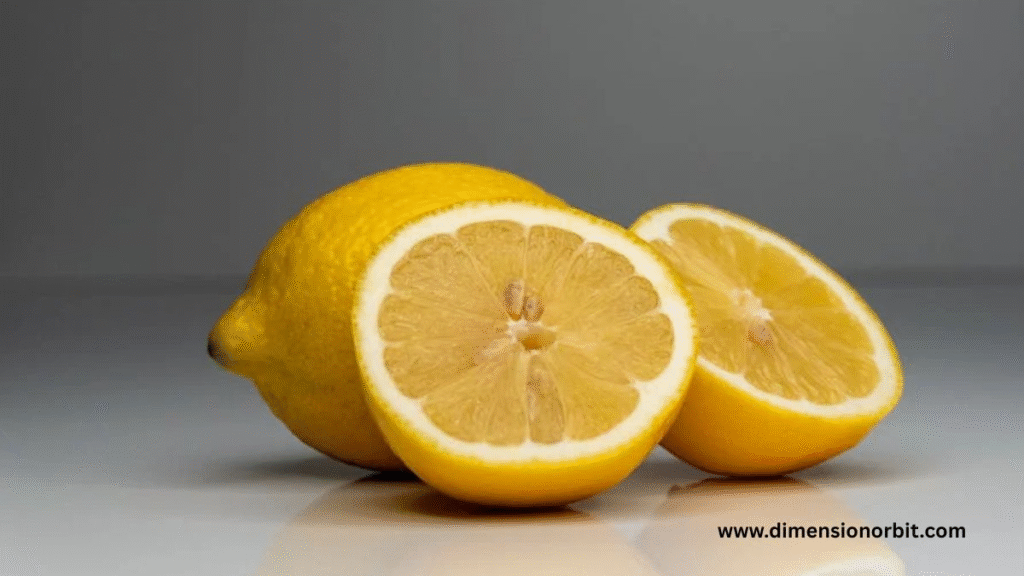
A bright yellow lemon, slightly larger than a golf ball, weighs about 100 grams. This citrus fruit makes an excellent visual and tactile reference. It’s also a common benchmark in cooking and health discussions where portion sizes are crucial. If you ever wonder how heavy 100 grams is, holding a single lemon gives you an intuitive, sensory answer.
How to Measure 100 Gram Without a Scale

Sometimes you need to estimate how to measure 100 gram without a scale perhaps while cooking outdoors or traveling. You can do this by visual comparison. For instance, 100 grams of sugar is roughly seven tablespoons, while 100 grams of flour equals about 0.8 cups. Similarly, a handful of nuts or seeds generally weighs close to 100 grams. Over time, your sense of weight improves with practice and visual memory.
Comparing 100 Grams to Other Weights
To understand how heavy 100 grams really is, it helps to compare it with nearby weights like 50 grams or 200 grams.
| Comparison | Example | Description |
|---|---|---|
| 50 grams | A slice of bread | Half the weight of 100 grams |
| 100 grams | A chocolate bar | Feels solid in one hand |
| 200 grams | A cup of cooked rice | Feels clearly heavier but still manageable |
When visualizing weight, doubling or halving these values helps build intuition. Over time, these tangible examples make metric measurements second nature.
Why Understanding Small Weights Matters

Recognizing items that weigh 100 gram isn’t just trivia it’s practical knowledge. Chefs use these estimations daily, postal clerks rely on them for accurate shipping costs, and athletes monitor them in nutrition tracking. Even travelers use them when calculating luggage allowances. This kind of sensory familiarity bridges abstract numbers with real experiences.
Learning what weighs 100 gram also strengthens numerical literacy and makes the metric system more approachable for children and adults alike. By tying numbers to familiar objects, you create a mental map of reality one that helps you visualize, compare, and reason intuitively.
online Omni Calculator
Omni Calculator is an all in one online tool that offers thousands of free, easy to use calculators across nearly every field imaginable. Whether you’re solving math equations, managing finances, converting units, or checking your health metrics, Omni Calculator makes complex problems simple and fast. You can explore it here omnicalculator.com
FAQs
Why should I learn what weighs 100 grams?
Understanding what weighs 100 grams helps you estimate weight without a scale, which is useful in cooking, portion control, mailing packages, or even science experiments. It also builds a better sense of how the metric system translates into real life.
Is 100 grams considered heavy or light?
One hundred grams is quite light about the weight of a small apple or a deck of cards. It’s easy to hold in one hand, making it a “just-right” middle ground between something feather-light and something noticeably heavy.
What food items weigh around 100 gram?
Common food items that weigh roughly 100 grams include a medium kiwi, two large eggs, a bar of chocolate, or a small avocado. You can also measure about ½ cup of sugar or flour to get close to that weight.
How can I measure 100 gram without a scale?
You can estimate 100 grams by comparing it with everyday objects. For instance, 20 U.S. nickels weigh exactly 100 grams. A deck of playing cards, a stick of butter, or a bar of soap all fall near the same weight range.
What is 100 gram in ounces and pounds?
In imperial measurements, 100 grams equals about 3.53 ounces or 0.22 pounds. It’s a small but noticeable weight, easy to visualize when you pick up a small fruit or compact gadget.
Are there any exact 100 gram items I can use for reference?
Yes. The most accurate example is 20 U.S. nickels since each nickel weighs exactly 5 grams. Together, they total 100 grams perfect for anyone who wants a precise reference without using a scale.
what weighs 100 grams
One quick way to picture 100 grams is to imagine everyday objects you can hold in one hand. A small apple, a standard chocolate bar, a deck of playing cards, or two large eggs all come very close to 100 grams. For a precise and repeatable example, 20 U.S. nickels equal 100 grams exactly because each nickel weighs 5.000 grams. These everyday items make the mass tangible without a scale.
how heavy is 100 grams
One hundred grams equals 0.1 kilograms, which is exactly one-tenth of a kilogram. In imperial units 100 grams is about 3.5274 ounces (3.5273961949580412 oz when calculated precisely) and about 0.22046 pounds. That weight is light enough to fit comfortably in one hand but heavy enough that you definitely notice it when you lift it.
100 grams example
A classic kitchen example of 100 grams is half a cup of granulated sugar (roughly) or a stick of butter in some US recipes which is about 113 grams, so it’s close. A deck of cards and a standard bar of soap are other useful examples. If you need an exact DIY weigh reference, stacking 20 U.S. nickels gives you 100 grams exactly.
what weighs 100 g
Many small, familiar items weigh about 100 g: a small tomato, a compact computer mouse, a travel toothpaste tube, and some pocket cameras. Newborn kittens and small avocados often fall into this range too. Use these tactile objects when you want to estimate weight without a scale.
things that weigh 100 grams
Common things that weigh roughly 100 grams include a small apple, two large eggs, 100 standard paper clips (about 1 g each), a bar of chocolate, a medium kiwi or avocado, and many compact tech accessories like wall chargers or lightweight mice. Remember that natural items vary slightly, so these are handy, practical approximations rather than laboratory exactitudes.
Why do so many everyday things weigh around 100 grams?
Because 100 grams is a convenient, moderate weight light enough to handle easily but substantial enough for packaging, design, or portion control. Many manufacturers, especially in food and tech, use this weight as a standard size for convenience and portability.
How can I visualize 100 gram easily?
Imagine holding a small apple, two eggs, or a compact charger in your hand. That’s roughly 100 grams. Once you’ve compared it a few times, your brain quickly learns to recognize that “feel” even without measuring tools.
What’s the difference between 100 gram and 100 milliliters?
Grams measure weight, while milliliters measure volume. However, for water and similar liquids, 100 milliliters equals 100 grams because the density of water is 1 gram per milliliter. For heavier or lighter substances (like oil or flour), the conversion will differ.
Final Thoughts
From chocolate bars and apples to computer mice and lemons, these examples of 100 gram show how this modest weight appears all around us. It’s small enough to hold easily but large enough to notice a perfect example of balance in measurement. Understanding everyday things that weigh 100 gram connects us to the invisible mathematics of the world we live in.
So the next time you reach for a tomato, unwrap a chocolate bar, or slip on a pair of socks, remember: you’re holding roughly 100 grams a tiny yet meaningful measure that makes the world a little more measurable, and a lot more fascinating.

Jhon AJS, the author of Dimension Orbit, is an experienced blogger fascinated by the mysteries of existence. He explores every type of dimension from scientific to spiritual with clarity and creativity. Jhon’s engaging writing style invites readers to think deeper, question reality, and discover new perspectives on the universe.

